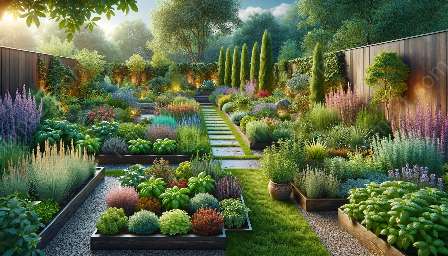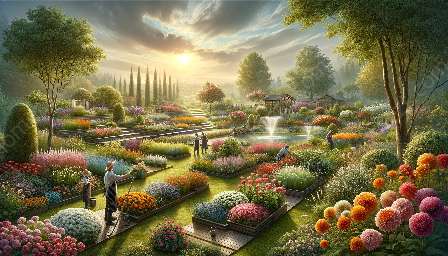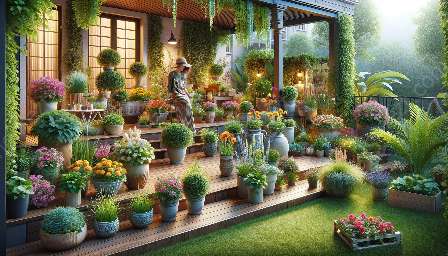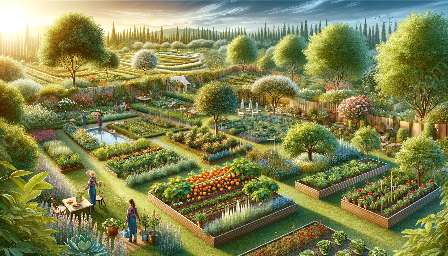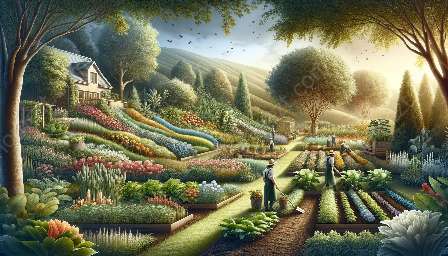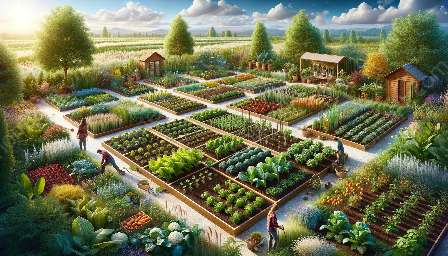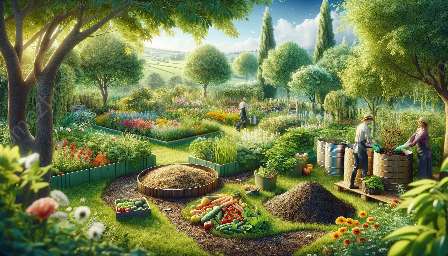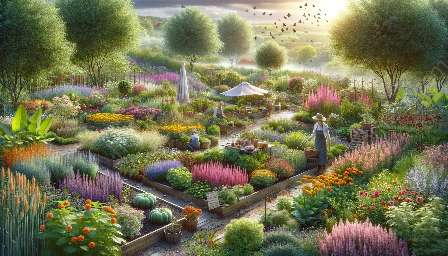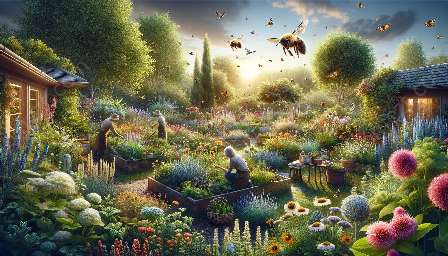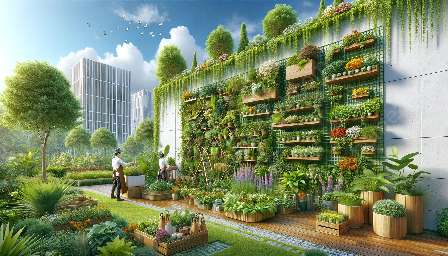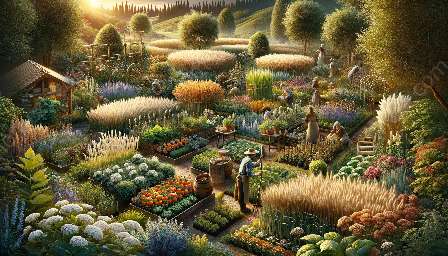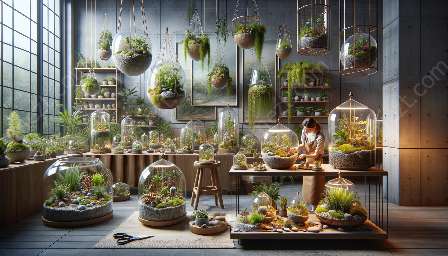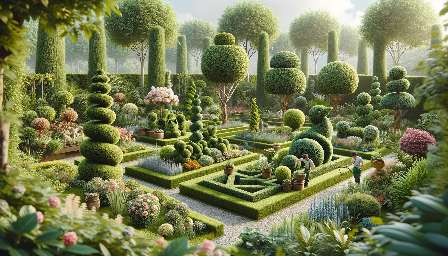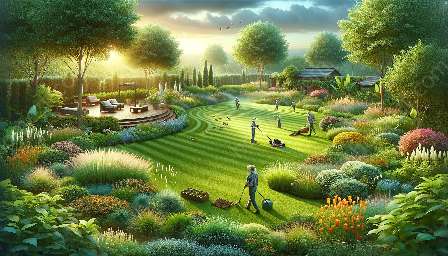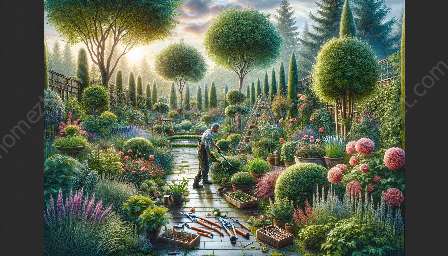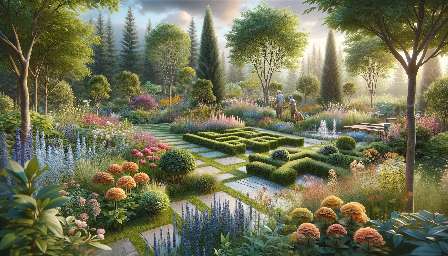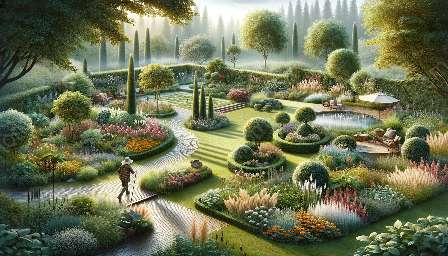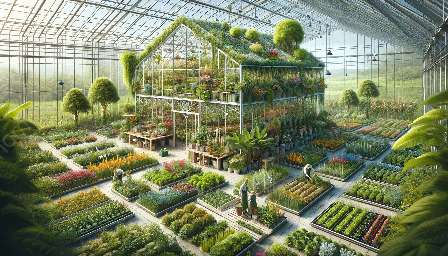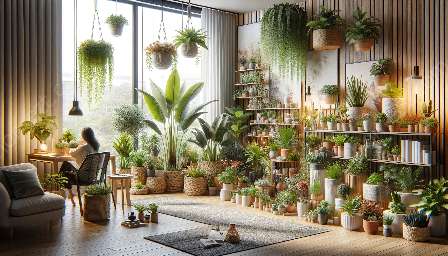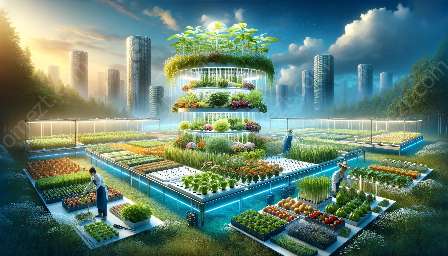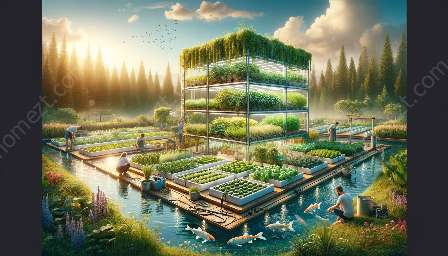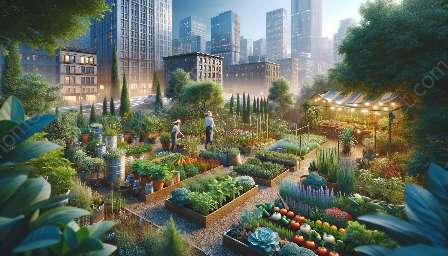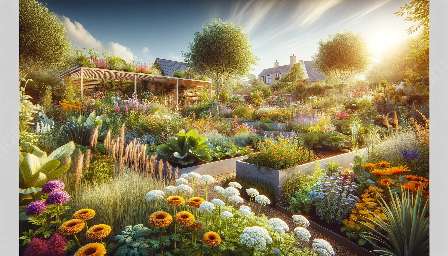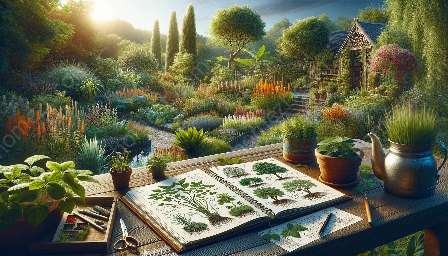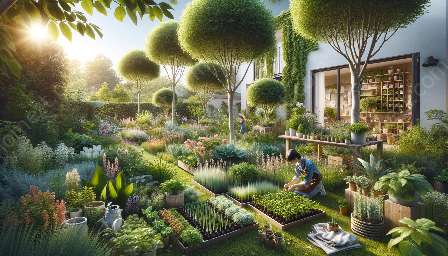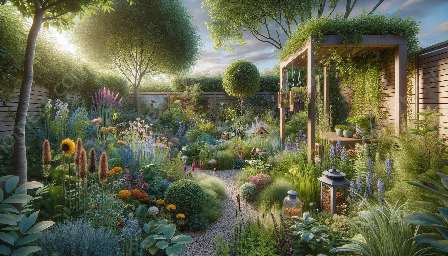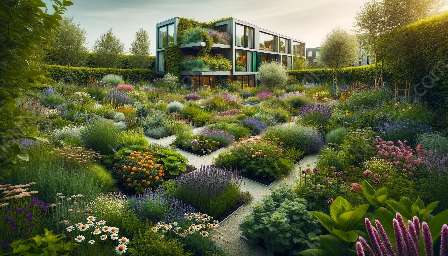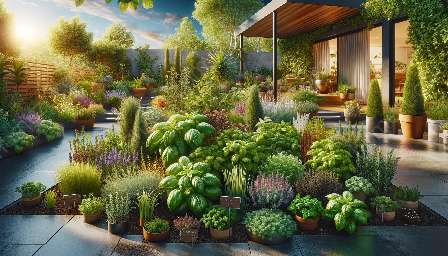Welcome to the wonderful world of gardening for wildlife! In this comprehensive guide, we'll explore the benefits of creating a wildlife-friendly garden and how companion planting and landscaping play crucial roles in enhancing the habitat for various species.
The Importance of Gardening for Wildlife
Gardening for wildlife is not only a rewarding experience for gardeners but also provides a safe haven for a diverse range of creatures, from birds and butterflies to beneficial insects and small mammals. By creating a wildlife-friendly garden, you can contribute to the conservation of biodiversity and help restore natural habitats in urban and suburban areas.
Companion Planting for Wildlife
Companion planting involves strategically growing different plant species in close proximity to one another to enhance their growth, deter pests, and attract beneficial insects. When it comes to gardening for wildlife, companion planting can further support and attract a variety of wildlife species by providing food and shelter throughout the year.
Attracting Birds
By incorporating a mix of native trees, shrubs, and flowering plants, you can create a diverse landscape that attracts a wide range of bird species. Plants with berries and seeds, such as serviceberry, elderberry, and coneflowers, provide essential food sources for birds, while trees with dense foliage offer shelter and nesting sites.
Encouraging Pollinators
For pollinators like bees, butterflies, and hummingbirds, planting nectar-rich flowers in clusters can provide an abundant food source. Consider incorporating plants like lavender, bee balm, and butterfly bush to attract and support these important pollinating insects.
Landscaping Techniques for Wildlife-Friendly Gardens
In addition to planting a variety of wildlife-friendly plants, landscaping choices can greatly enhance the habitat for diverse wildlife. Here are some key landscaping techniques to consider:
Creating Water Features
Installing a small pond or a birdbath can provide a valuable water source for wildlife, attracting birds, amphibians, and insects. Adding aquatic plants like water lilies and rushes can further enrich the habitat and support a wider range of species.
Designing Sheltering Spaces
Including dense shrubs, hedgerows, and brush piles in your garden can offer essential shelter for small mammals, birds, and insects. These features create safe nesting and resting areas, contributing to the overall biodiversity of your garden.
Conclusion
Gardening for wildlife offers a unique opportunity to create a vibrant and diverse ecosystem right in your backyard. By incorporating companion planting and thoughtful landscaping techniques, you can transform your garden into a thriving sanctuary for various wildlife species. Embrace the beauty of nature and take pride in knowing that your garden is making a positive impact on the environment.


